|
In many cultures, in many times and places, bright comets were thought to herald - or perhaps cause, or confirm - disaster. It therefore seems almost absurdly fitting that, in this terrible summer of 2020, a naked-eye comet has appeared in our sky. I wrote earlier about failing to spot that comet - "NEOWISE" - in the morning, but it's rounded the Sun and is now visible in the evening - a much more convenient time for me to observe. This week I decided to make a concerted push to see it. I started with a pair of Nikon "Action Extreme" (ugh) 10x50 binoculars, on the 15th. After walking to our rooftop, I scanned the area south of the Big Dipper after sunset. The sky took longer to darken than I'd anticipated, but eventually, around 9:30 PM, I found NEOWISE. It's strange: this was my first comet sighting since Hale-Bopp way back in 1997, and it gave me a complex medley of emotions. On the one hand, it seemed a little underwhelming; Hale-Bopp and Hyakutake in 1996 had given me a wildly unrealistic frame of reference. I vividly remember seeing Hyakutake cover much of the sky, or Hale-Bopp's ion tail still visible at sunrise. By comparison, NEOWISE was a smudge - partly because it's dimmed since I should have been looking for it, a week ago. And on the other hand, what a thrill, nonetheless, to see a relatively bright comet; how exciting to receive such a vivid reminder that our Solar System is a restless and active place. On the 16th, I marched out again, this time with my Vixen ED115S. Several weeks ago, I tried to sell that refractor to afford my APM 140. I had a sale lined up, I thought, but the buyer kept asking for more discounts. Finally he asked for one more discount and posed a question that forced me to measure the telescope. When I did, I was struck by the beauty of the thing and declined to go lower - then sold some eyepieces instead. Thank goodness! The Vixen is just about a perfect telescope - it might actually be my favorite. As I've mentioned before, it's just the perfect size and weight for me, and perfectly well-balanced with its upgraded focuser. It provides just a bit more punch than the Takahashi can manage, and although it's heavier it's still very manageable. It's also, somehow, easier to use; the finder is in exactly the right place, the focuser is buttery smooth, and the handle makes it a snap to mount. Anyway, conditions could not have been worse on the 16th. Not only was it gusty, but the air was murky, thick with humidity, and thin clouds already covered much of the sky - with thicker clouds following in their wake. I scoured the horizon for that comet. Eventually I found it, peeking through high-altitude cirrus, further north than I'd remembered. Since it was already partly obscured, it looked only a bit brighter than it had using binoculars - but there it was, nonetheless, a bright little nucleus with a fan-shaped tail. Jupiter was rising, so I had a look before heading back downstairs. The seeing was terrible and haze covered the planet with a yellow veil, but still - the detail wasn't bad, considering. Then, miraculously, on the 18th conditions promised to be superb by DC standards: above-average seeing, according to ClearDarkSky, and above-average transparency, with not a cloud to be seen. I rumbled out of my building at 9:30 PM, with the APM in its giant suitcase. It soon dawned on me that I was more tired than I normally am; this was going to be a long, hard walk. After 15 minutes I was drenched with sweat and sore in a million places, but I'd made it to the park and covered myself with bug spray. I walked around and scouted out what I could see. Finally, I found a gap between houses that afforded me a good view of the comet, plainly visible with the naked eye but very close to the horizon. I had to set up in a far corner of the park to look through that gap, and the mosquitoes were worse there than they are in my normal spot. Still, I got a good view at last. I was struck by the brightness of the comet's nucleus relative to its tail - and struck, too, how little that tail seems to brighten with increases in aperture. The APM gave a clearly brighter view than the Vixen, let alone the binoculars, but the difference wasn't that great - not as great is it is when I view, say, the Ring Nebula. Still, the view was very satisfying - best with a 17.3mm Delos eyepiece at 57x, I decided. Higher magnifications did not seem to bring out any more detail in the nucleus, possibly because the comet had already neared the horizon. Using averted vision, I thought I could spot a hint of a halo surrounding the nucleus - more than the tail, that is - but that might have been my imagination. Either way, with the APM, a very fine comet; proportionally more elongated than Hale-Bopp, much shorter, of course, than Hyakutake, and far fainter but still aesthetically pleasing. When the comet got too low in the sky and the mosquitoes got too bad, I migrated back to my usual observing spot, where Jupiter and Saturn were rising to the east. When I had a look, however, I was shocked. The seeing was actually abysmal - some of my worst of the year. It was as though a southerly, high-altitude wind was rushing across my view, distorting and periodically compressing both planets. Jupiter still showed a good deal of detail in fleeting moments of greater stability, and the four Galilean moons all lined up made for a pretty sight.
But I was reminded again that you just can't count on ClearDarkSkies - or any tool based on our weather forecasts - to help you predict what the sky will be like. I enjoyed some of my best views this year - on May 31st, June 9th, and July 10th - when ClearDarkSkies predicted poor to average seeing, and some of my worst views when it predicted good seeing. In particular, seeing seems to differ in different areas of the sky, and you never know what those areas will be. On a mechanical front, I swapped my red dot finder for a right-angle finderscope on the APM, and that made a huge difference for the better. It's much easier to find things now with the big refractor. On the other hand, I also had a big more trouble using the telescope on my AYO II mount. I had to tighten the mount considerably to keep the telescope stable, which meant that it was harder to nudge along as I tried to keep up with the movement of the comet or planets. I might have been a little too impatient; maybe I should have worked harder to balance the telescope perfectly - but that balance does shift as I change eyepieces. At some point, I'll likely have to bite the bullet and buy a slightly sturdier (and heavier) mount. At least there's minimal wobbling after I do give a nudge. On another front, I suddenly realized last night that, after selling eyepieces to fund the APM, I suddenly have a dearth of high-magnitude eyepieces with a good field of view. When I can afford it, I'll need to invest in some more eyepieces. Or maybe I should sell more things I don't use? It never ends. To conclude, NEOWISE ultimately offered some memorable (if all too brief) views, and the refractors, as usual, acquitted themselves nicely.
0 Comments
|
Archives
March 2024
Categories
All
|
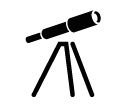
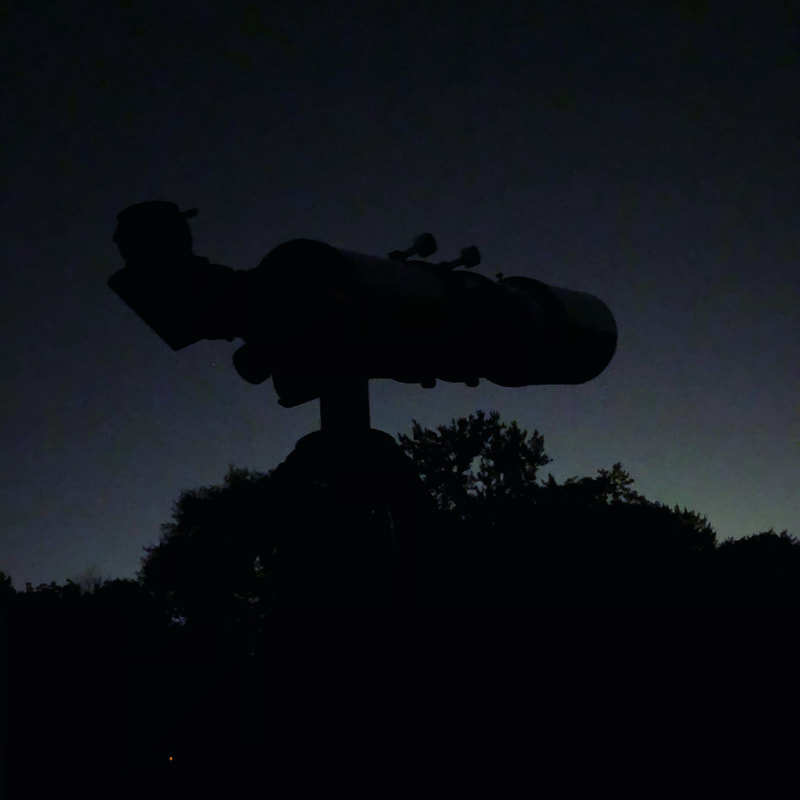
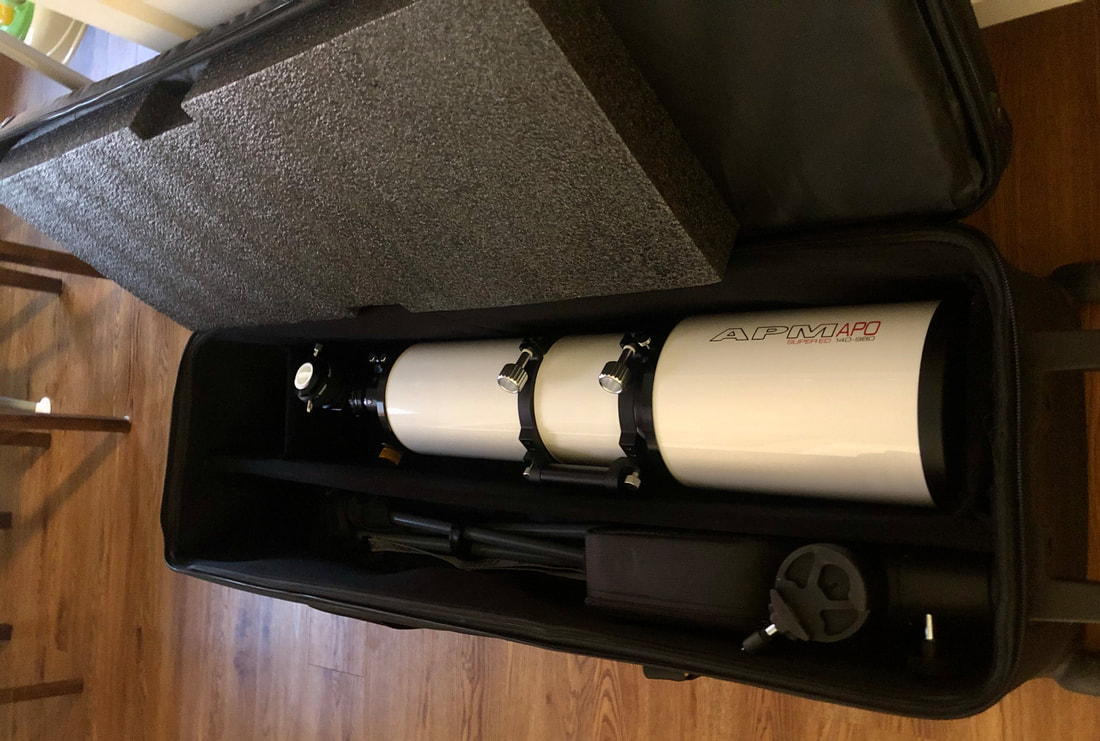
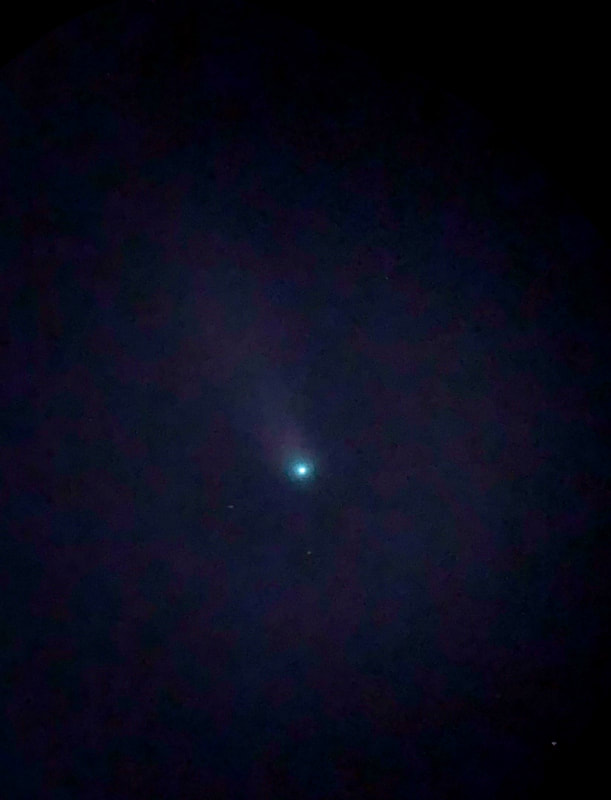
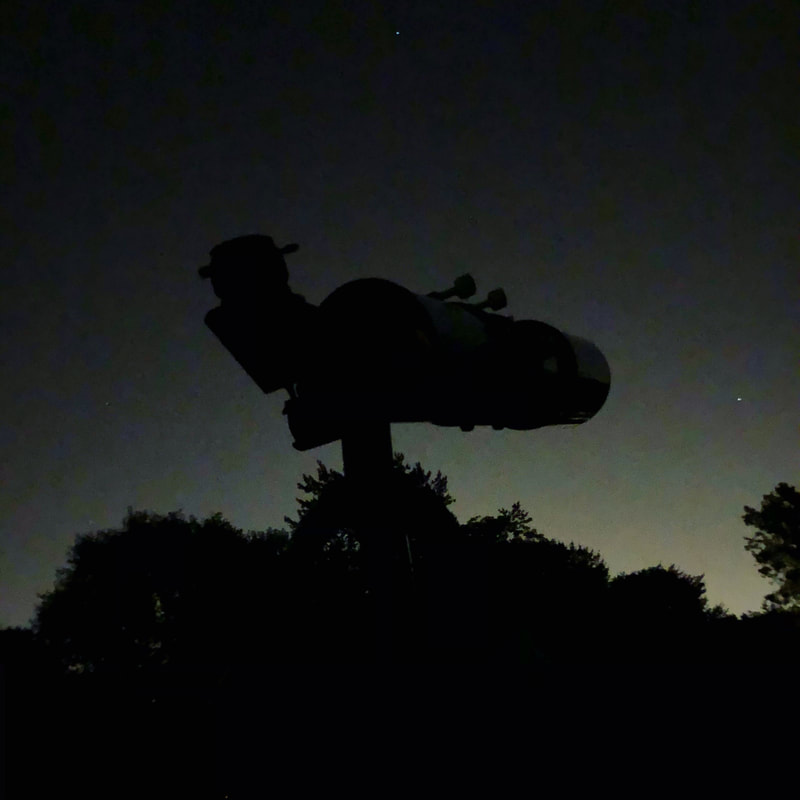

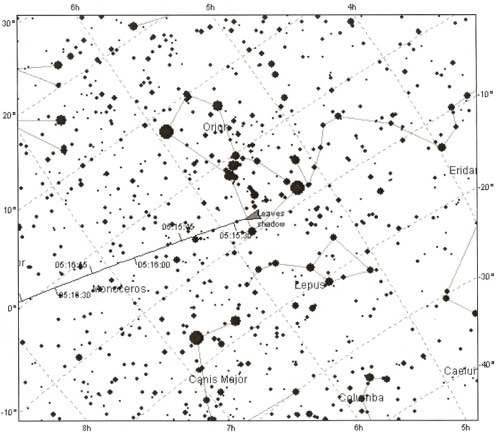
 RSS Feed
RSS Feed